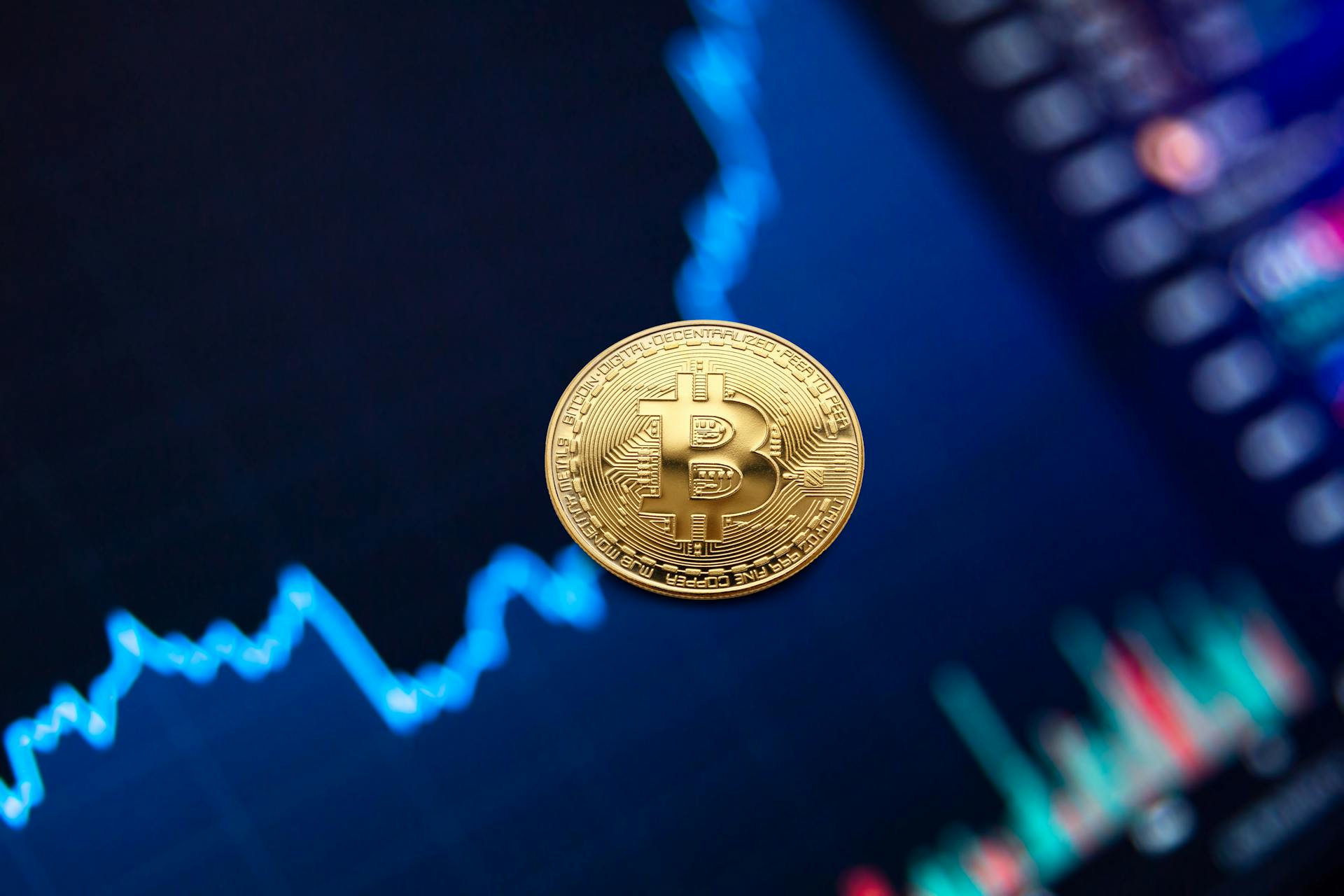
In recent years, cryptocurrencies like Bitcoin and Ethereum have seen tremendous volatility in their prices. This instability has hindered their adoption for regular transactions and payments. Enter stablecoins - a new form of cryptocurrency designed to have a stable value. Stablecoins are spearheading a quiet revolution in the crypto world by providing the price stability that earlier cryptocurrencies lacked.
What are Stablecoins?
Stablecoins are cryptocurrencies that are pegged to an external stable asset like the US dollar or gold. This pegged value protects them from the wild price swings that characterize coins like Bitcoin. Stablecoins aim to combine the advantages of fiat currencies (stability) with those of cryptocurrencies (decentralization, security, transparency). Based on how they maintain their peg, stablecoins are classified into three types:
- Fiat-collateralized stablecoins: These coins hold reserves of fiat currency like the US dollar to maintain a 1:1 parity. Examples include USDT and USDC.
- Crypto-collateralized stablecoins: Reserves of crypto assets back these stablecoins. They use smart contracts to maintain the peg. Example: DAI.
- Algorithmic stablecoins: Prices are stabilized via an algorithm that adjusts supply based on demand. An example is TerraUSD.
The Rise of Stablecoins
The total market capitalization of stablecoins has skyrocketed from around $160 billion in 2021 to over $232 billion today. Tether has emerged as the most popular stablecoin with a market cap of $143 billion. However, newer stablecoins like USDC, BinanceUSD, and DAI are catching up.
Stablecoins owe their meteoric rise to several advantages they enjoy:
- Price stability encourages use in payments, lending, trading, and recurring investments.
- Integration with decentralized finance (DeFi) applications expands their utility.
- Rapid, low-cost transfers compared to traditional remittances.
- Allows crypto users to hedge volatility and temporarily park funds during high volatility.
Stablecoins do face challenges like regulatory uncertainty and the risk of losing their peg. But the growth seems relentless as they fulfill an essential need in the crypto economy.
The Future Looks Bright
Stablecoins are bridges between the traditional finance world and the nascent crypto universe. PayPal and Visa are already partnering with stablecoin providers to enable crypto-fiat transactions. As adoption increases, stablecoins could be the catalyst that propels cryptocurrencies into the mainstream. Their built-in stability gives them the potential to become a preferred medium for global payments, remittances, and even savings. While risks remain, stablecoins have transformed from an experiment to a promising pillar of the new world of digital assets and decentralized finance. The growth trajectory remains robust as they quietly but profoundly revolutionize cryptocurrencies. Regulatory uncertainty persists as governments grapple with how to categorize and regulate stablecoins. The risk of losing their peg also casts doubt on long-term stability. However, the rapid innovation in the sector suggests most challenges are surmountable.
Stablecoins are bringing much-needed stability to the volatile crypto market and driving mainstream adoption. Their rapid growth shows they are fulfilling a pressing need. If key challenges are addressed through appropriate regulations and technical enhancements, stablecoins could soon emerge as the preferred digital currency for global commerce and financial inclusion. The stablecoin revolution has begun - the future looks promising.
Risk warnings
The views and opinions expressed are the views of Crypto Currency 10 and are subject to change based on market and other conditions. The information provided does not constitute investment advice and it should not be relied on as such. All material(s) have been obtained from sources believed to be reliable, but its accuracy is not guaranteed. There is no representation or warranty as to the current accuracy of, nor liability for, decisions based on such information.
Changes in rates of exchange may have an adverse effect on the value, price or income of an investment.
Past performance is no guarantee of future results and the value of such investments and their strategies may fall as well as rise.

